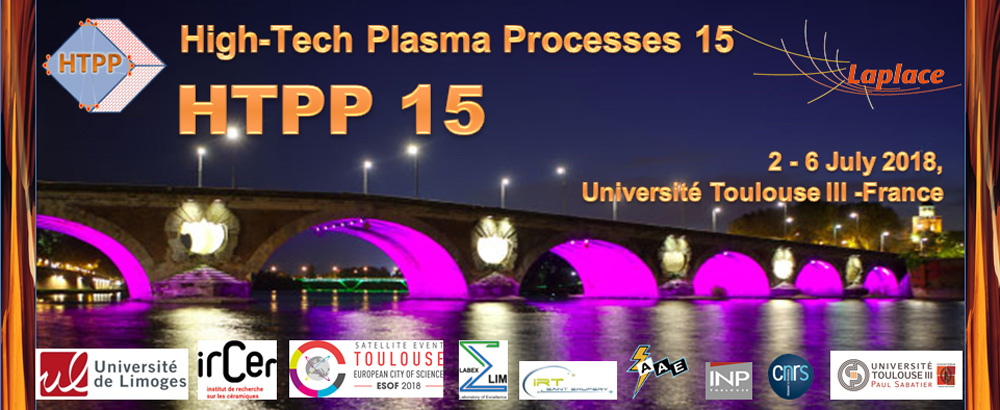In this study, we consider a model of the cathode region of a plasma photoelectric converter of concentrated solar radiation in the regime of an open external circuit. Plasma is analyzed in sodium vapor at a pressure of (1E4 -1E5) Pa, which ensures effective absorption of the entire spectrum of solar radiation. The necessary optical power is calculated for creating a plasma in the state of Local Thermodynamic Equilibrium (LTE), whose temperature is in the range 4000-4500 K. This temperature provides a small internal resistance of the plasma voltage source, which is a necessary condition for effective direct photoelectric conversion.
To solve the problem, the radial distribution of the plasma parameters was analyzed on the basis of the energy balance equation. We found that the transfer of energy by radiation plays an important role in the formation of the radial distribution of the LTE plasma temperature. A large value of thermal conductivity ensures a small temperature drop between the central part and the plasma LTE boundary near the walls of the converter.
To specify the boundary conditions in the energy balance equation at the plasma LTE boundary, we considered the hydrodynamic model of an expansion zone near the wall of the cathode. In this zone, there is a sharp decrease in the thermal conductivity due to radiative energy transfer, and the temperatures of electrons and heavy particles are different. Our estimates show the important effect of the cathode temperature on the radiation transfer of energy. A large number of alkali molecules are formed at a sufficiently low wall temperature. The absorption spectrum of the molecules prevents the radiation from leaving the plasma. The alkali molecules dissociate effectively into atoms at a high wall temperature and the role of radiative energy transfer increases. Similarly, a significant effect of the wall temperature on the radiation yield is observed experimentally for gas-discharge light sources.
The thermal non-equilibrium plasma model resulted in calculating the spatial distribution of the electron temperature up to the boundary of the ionization layer and the energy flux carried away to the cathode wall by charged particles. An electron temperature gradient is formed in the expansion zone. The energy losses of electrons in the ionization layer near the cathode are compensated by the thermal conductivity of the electron gas. Thus, the energy balance for the cathode region in a photoplasma differs significantly from the local energy balance of arc discharge at atmospheric pressure. The specificity of the conditions under consideration consists in the non-local nature of the balance of the electron temperature in the expansion zone.
Acknowledgements: This work was supported by French “Investments for the future” programme managed by the National Agency for Research under contract ANR-10-LABX-22-01 (labex SOLSTICE).

 PDF version
PDF version
